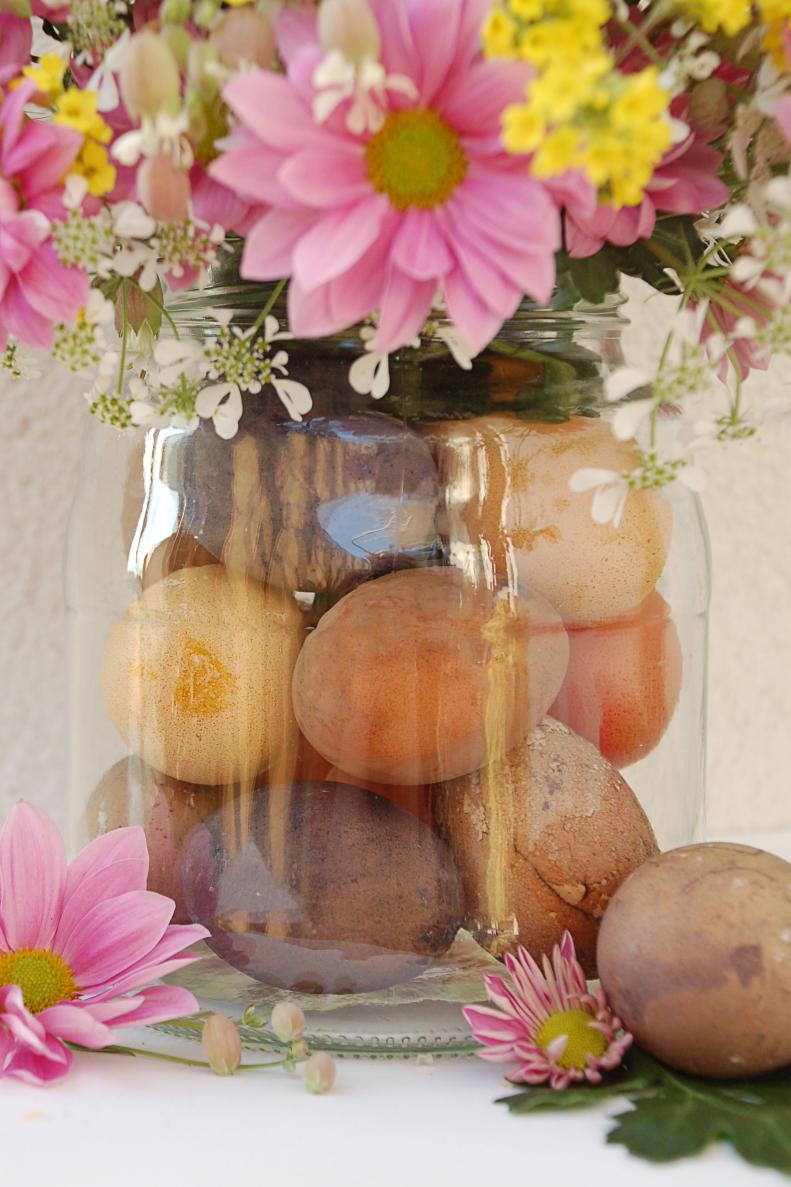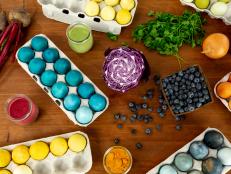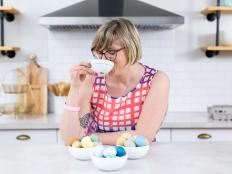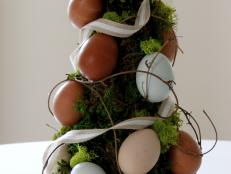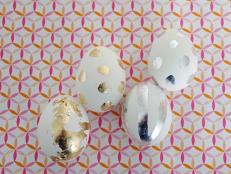1 / 16
Easter Egg Vase
This beautiful Easter egg vase is made with recycled glass jars and naturally dyed Easter eggs. Each dye is quick and easy to make with fruits, fruit juice and spices you probably have around the house! And after Easter you can repurpose your beautiful vase to use all year round.






